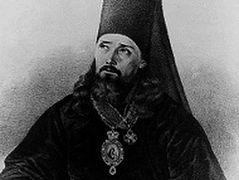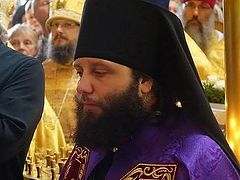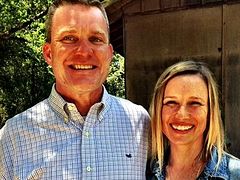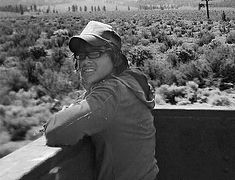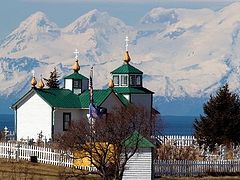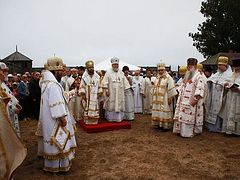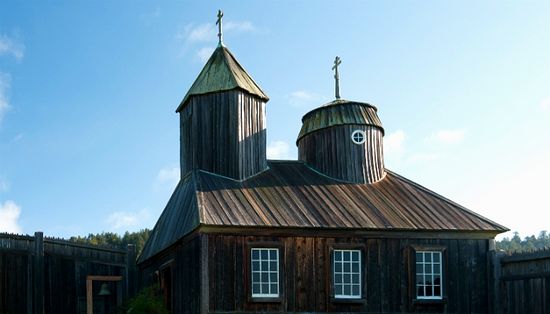
Long before the first temple was constructed in Jerusalem, the God of all creation dwelt among his people in a tent. This mobile, wilderness tabernacle preceded the temple of Solomon by several years.
And when the Orthodox Christian faith arrived in the United States, many of the first churches were essentially log cabins.
Log buildings were not only popular for settlers’ homesteads, but were also commonly used by Russian immigrants as places of worship. Log-based churches were common in Russia, as well as in Alaska. When Orthodoxy reached the continental United States, the first church building exhibited a sort of “log cabin” construction.
Russian settlers built an outpost in Northern California in 1812, and the first Orthodox church in the continental United States was built at Fort Ross. In its early years, it served the Orthodox settlers in their divine services, but its spiritual impact extends far beyond the early 1800s.
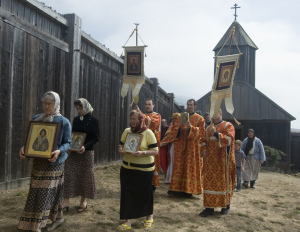
My first glimpse of Orthodoxy was at the 1964–1965 New York World’s Fair. I’d gone to the Fair with my family primarily to visit the Vatican Pavilion, a modernist white building that had a futuristic look and that effectively mirrored the reformatting of Catholicism taking place in Rome at the Second Vatican Council . . . Inside the Pavilion there was also the modernist Chapel of the Good Shepherd with its minimalist altar table, glass stained windows but not much else . . .
At the time, I sensed that the chapel design hinted at coming changes in Catholic Church architecture. I was right . . . My sense is that many Catholics then excused minimalist, Protestant looking church interiors if there was enough stained glass to take the mind off what had been eliminated.
Not far from the Pavilion was a small log cabin church with a three-bar cross on top. I knew the cross to be Russian Orthodox. The chapel was a replica of the first Orthodox chapel in America built in the 1800s at [Fort Ross], California. While the rustic exterior put one in mind of Lincoln Logs or Lewis and Clark expeditions, the interior — we had to peer through the windows because the chapel was locked — revealed something startling: a small chandelier illuminating a colorful iconostasis in the center of which were circles of electric candles and a replica of the framed (miraculous) icon of Our Lady of Kazan.
The beauty of that small log cabin church far surpassed anything in the great white Pavilion monolith with its cold and empty Chapel of the Good Shepherd.
It was then that I asked myself: What is this thing called Orthodoxy?
The log chapel at Fort Ross holds a special place in my own heart, as well. As far as I can recall, it was the first Orthodox church building that I had ever seen.
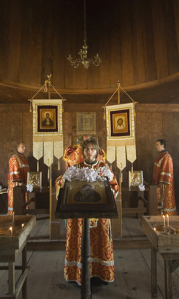
Little did I know that ten years later, I would convert to the Orthodox Christian faith, be ordained as a deacon, and be writing this very post about that Fort Ross chapel.
I am forever grateful to the faithful people who built that simple church for God in the early nineteenth century. They probably didn’t realize their efforts would impact people, and their devotion to Christ, for centuries to come.
In this, we should be reminded to never underestimate the impact God can make through us, when we give Him small and even humble offerings. Even through the building of a humble, log chapel, God does more than we could possibly imagine.

